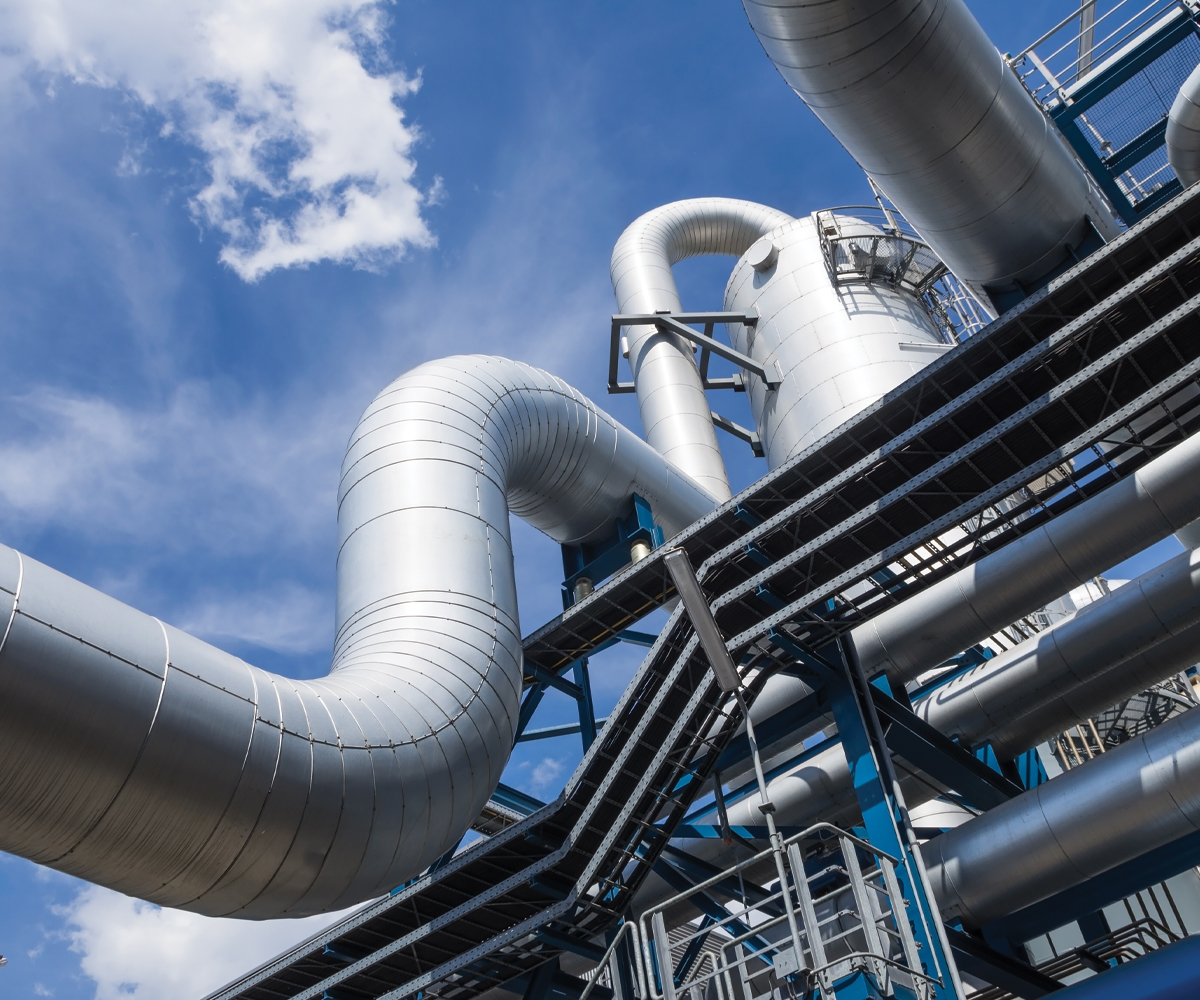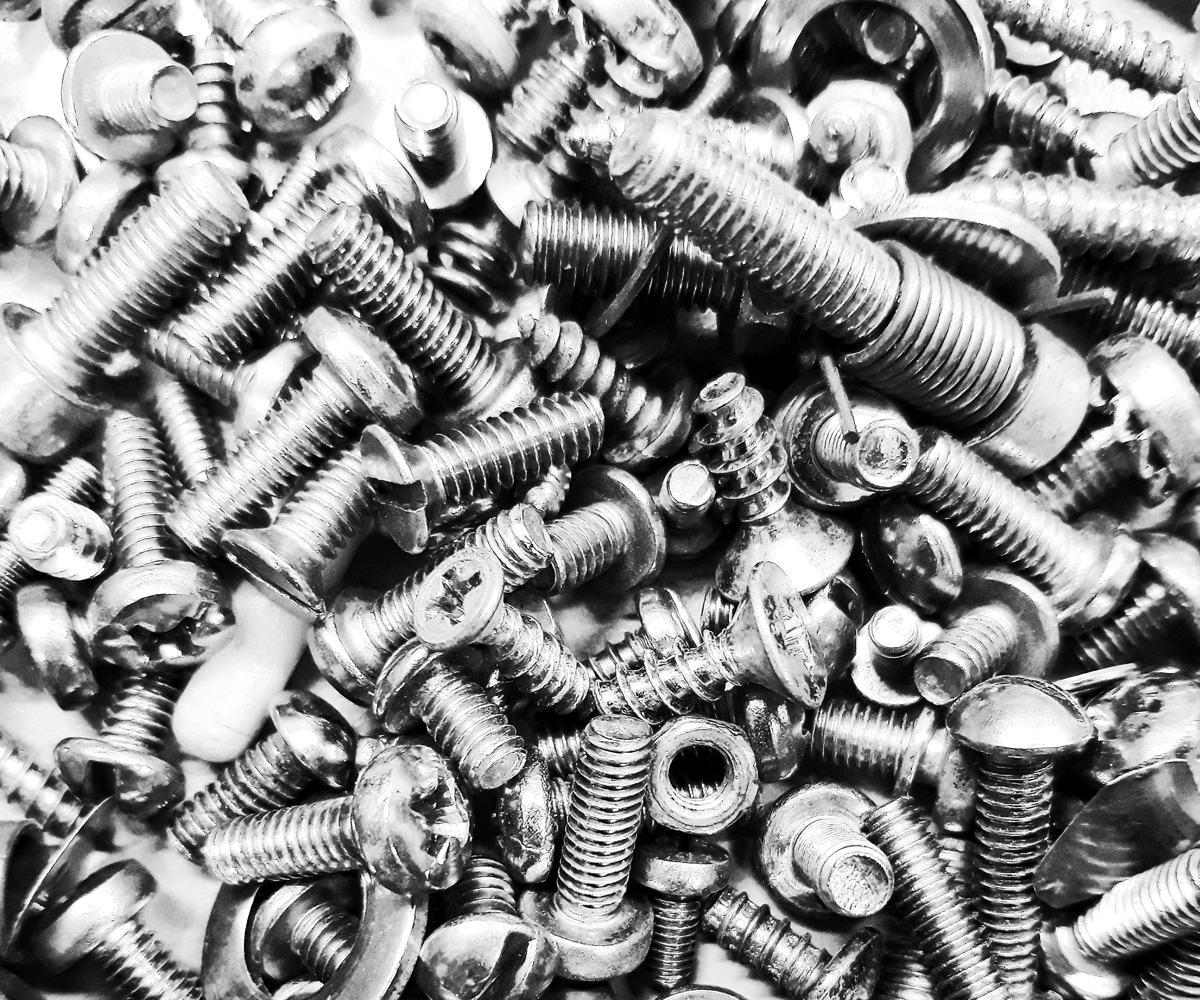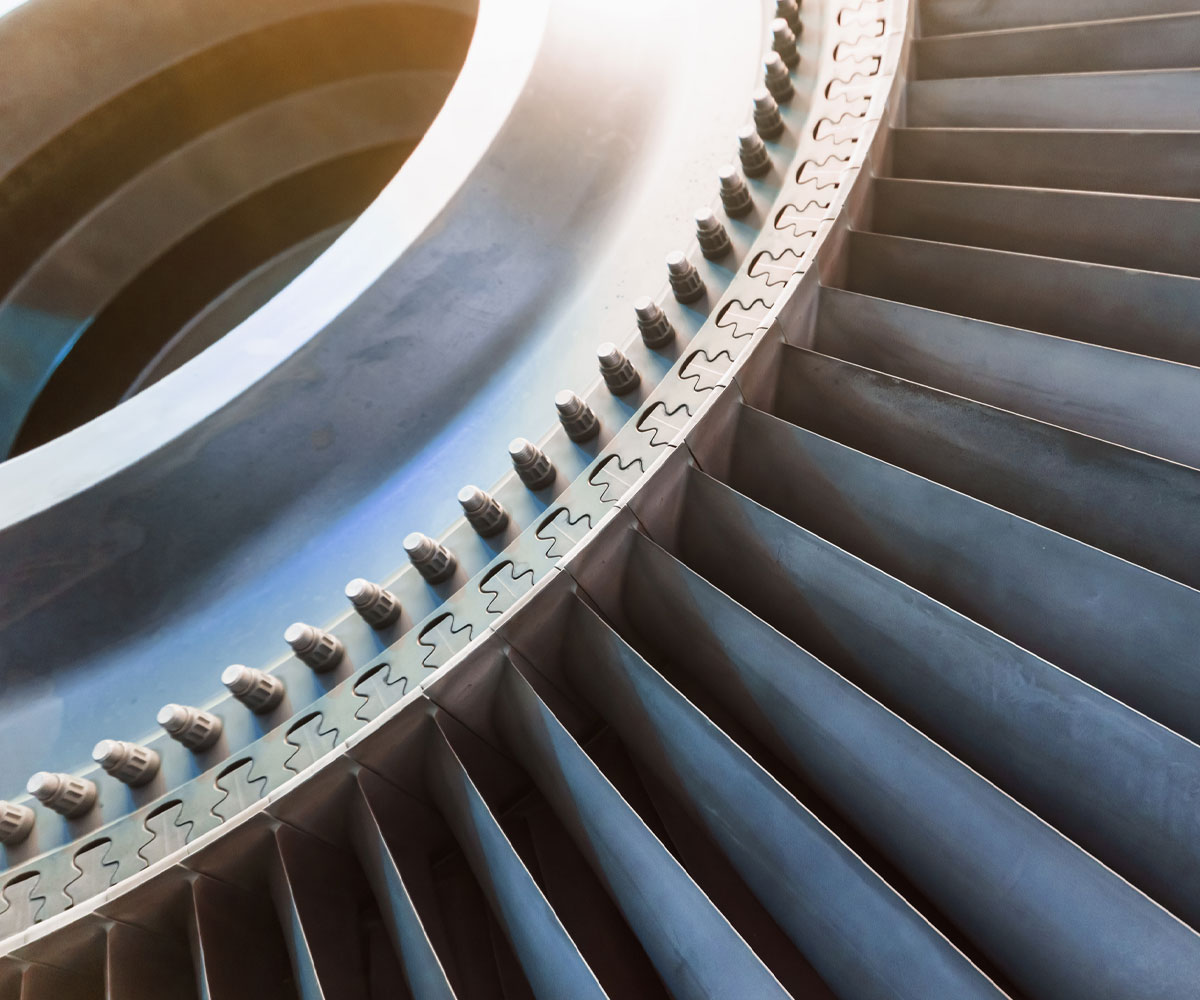Aluminising in the Process Industry: Defending Against Multiple Corrosion Mechanisms
The conversion of feedstocks in the refining industry, in high temperature, high carbon activity atmospheres, can lead to various mechanisms for attack on metal surfaces such as metal dusting, carburisation, coking, sulfidation, oxidation, molten salt corrosion and other hot corrosion mechanisms.
Aluminising, sometimes known as Alonizing™ or Calorising, is a process whereby aluminium is diffused into a base metal to form a protective coating which will not spall or flake off. The aluminide layer imparts a resilient corrosion resistance to the base material. It is typically suitable for operating temperatures in the range of 150°C to 950°C (300°F to 1740°F).
Metal dusting
Metal dusting is a catastrophic corrosion phenomenon that occurs across a broad range of industries including the methanol, ammonia, syngas, methane and iron (by DRI) production industries. Metal dusting is also experienced in the emerging industries of carbon capture and storage (CCS) and Gas-to-Liquids (GTL). Our diffused aluminide coatings have the lowest rate of corrosion of any material suitable for the high temperature and pressure environments that experience metal dusting.
Metal dusting is caused by carbon diffusing into a metal and forming metal carbides. These metal carbides are a dust like powder which catalyses the further diffusion of carbon into the metal. The phenomenon can result in a significant loss of thickness and perforate the base material.
Aluminide diffusion coatings provide a physical barrier to carbon because aluminium forms a surface layer of Al2O3 unreactive to carbon. At operating temperatures, the aluminium provides a reservoir for the replenishment of the Al2O3, which results in a long coating life. Our coatings have been shown to have negligible corrosion from metal dusting after tens of thousands of hours at service conditions.
The components normally aluminised to resist metal dusting include heat exchangers, tubes, ferrules & fasteners.
Coking
Coking mechanisms exist over a wide temperature range. Where a metallurgic solution or use of inhibitor is not sufficient or practical, then an aluminide or chromide coating can provide a multi-year protective barrier against the formation and build-up of coking deposits. The most typical application area we have seen is for the use of an aluminide coating on ethylene steam cracker tubes.
Carburisation
Carburisation, for example in a reformer unit, leads to the carbon from the coke diffusing into the alloy and creating stable metal carbides, mainly at the grain boundaries. Aluminising is a particularly suitable coating as the Al2O3 layer provides a stable barrier to prevent carbon penetration.
We routinely apply an aluminide coating to thermowells and burner tips to materially increase the service life, but an aluminide coating can also be used in aluminium production hearths, where the strength of carbon steel members is maintained at the operating temperature of the furnace but where a build-up of iron scale and potential contamination is not desired.
Sulfidation
Sulfur present in fuel can be highly corrosive at high temperatures. Sulfur is removed from liquid and gaseous fuels before their use by processes including the Claus process and the Amoco cold-bed adsorption process. Despite the move to 304H stainless steel, increased operating temperatures continues to result in sulfidation corrosion, flaking of protective oxide film and fouling of the catalyst, particularly above 590°C (1,100°F) where the sulfidation rate for bare stainless steel is considerably higher than for aluminised stainless steel.
Diffusion Alloys regularly coats condensers and heat exchangers for sulfur recovery units.
Oxidation
Aluminised carbon steels and superalloys in a high temperature oxidising environment have a greater resistance to oxidisation than most austenitic stainless steels and at temperatures just over 1000°C (1850°F) will usually last as long if not longer than stainless steel.
In heat treating and other heat-processing furnaces, for structural members and pots, aluminised carbon steel can be a less expensive and lighter alternative to stainless steel or a high-alloy.
Molten salt corrosion
An aluminide coating on steels and superalloys has a proven resistant to attack from molten chloride, nitrate, nitrite and carbonate salts.
Carbon steel pots have been aluminised for many years and demonstrate a greater resistance to corrosion in molten salt than stainless steel.
We are at the forefront of applications for clean energy and the hydrogen industry.
Large-scale hydrogen generation
Hydrogen electrolysers (SOE)
Fuel cells (SOFC)
Energy storage
Nuclear
Other specialist life extension
With over 60 years of industry experience, we’re a global specialist in the application of a range of protective coatings against metal degradation.
We have been supplying diffusion coating services for over 60 years. In 1955 the Company became the first company world-wide to launch chromising as a commercial industrial diffusion coating.
We have decades of experience in coatings for the industrial gas turbine market and the oil, gas and process industries and have developed a leading position in diffusion coating for clean technology applications.
We consider the Health & Safety of its employees, customers, visitors and the general public to be of prime importance. We take an ethical approach to our environmental responsibility & waste management.
We pride ourselves on consistently scoring as best coating supplier for quality with a number of our major and long term customers which is testimony to our quality management system.







